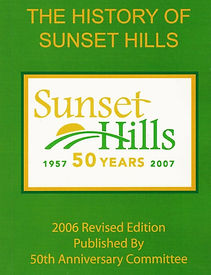Virtual Tour of the
Claire Gempp Davidson Memorial Conservation Area
Bush honeysuckle leaves appear early in the spring and remain late into fall, giving them a competitive advantage over native plants. They form a thick understory that limits sunlight to native plants inhibiting seedling establishment and forest regeneration. They also compete for soil moisture, nutrients, and may produce a chemical that inhibits native plant growth. All species of honeysuckle also spread from the roots, resulting in the ability to further dominate an area. Bush honeysuckles compete with native plants for pollinators, resulting in fewer seeds set on native species. Unlike native shrubs, the fruits of exotic bush honeysuckles are carbohydrate-rich and do not provide migrating birds with the high-fat content needed for long flights.
The Claire Gempp Davidson Memorial Conservation Area was once a dairy farm. Many historical sites, such as the water pump shown in this video, have been left on the property and highlighted thanks to the Sunset Hills Historical Society.


American Goldfinch

See pages 113 - 114 for more information
2 - Historical Water Pump - Steve Tomey
3 - Removal of Invasive Honeysuckle and Trail Building - Steve Tomey
4 - Wetlands Habitat - Steve Tomey
5 - Prairie Habitat - Steve Tomey
6 - History of the Gempp Property - Joyce Franklin
7 - Behind the Scenes on Maintaining the Park - Gerald Brown
